
The Painted Protest, by Dean Kissick
My mother lost both of her legs on the way to the Barbican Art Gallery. It was her day off, and she was going there to see an exhibition called Unravel: The Power and Politics of Textiles in Art. She had just arrived in London on a coach from Oxford and was run over by a bus outside Victoria Station. This was on a Friday morning in early May. The next day, in my apartment in Manhattan, I received an unexpected call—my mother never calls me—from a trauma ward in West London. “I’m in a lot of pain,” she said in a loud, anguished, slurring voice I hardly recognized, “but I’m in very good hands.” A few hours later, I was on a flight home.
When I visited her in the hospital, Mom asked me whether the show was worth losing her legs for. “No,” I told her, though at that point, I hadn’t seen it. When I did, two weeks later, my answer proved correct. Unravel featured tapestries, quilts, needlework, sculptures, and installations by modern artists, the majority of whom were of historically marginalized identities. The curators proposed that textiles themselves had also been marginalized, having been gendered as feminine and regarded as “craft” rather than “fine art.” As a result, the exhibition’s introductory text argued, the more politically radical aspects of textile making had been obscured. “What does it mean to imagine a needle, a loom or a garment as a tool of resistance?” the text asked.
Hanging from the ceiling above the entrance were Native American–style garments by Jeffrey Gibson, a painter and sculptor who also represented the United States in the country’s pavilion at this year’s Venice Biennale. Inspired by his Choctaw and Cherokee heritage, the pieces were adorned with rainbow-patterned patchworks printed with the phrases people like us , we play endlessly , and speak to me so that i can understand . Farther in, among other things, were a painted collage depicting a cheerful black woman in a bodega; small realist embroideries of drag and dyke marches in New York City; sculptures of cacti stitched from U.S. Border Patrol uniforms; and an image of a woman giving birth embroidered on blood-red silk, her vast womb radiating waves of energy. There were decorative knotted pieces, hand-stitched collages, abstract woven works suspended in air, and pillowy bundles of cloth.


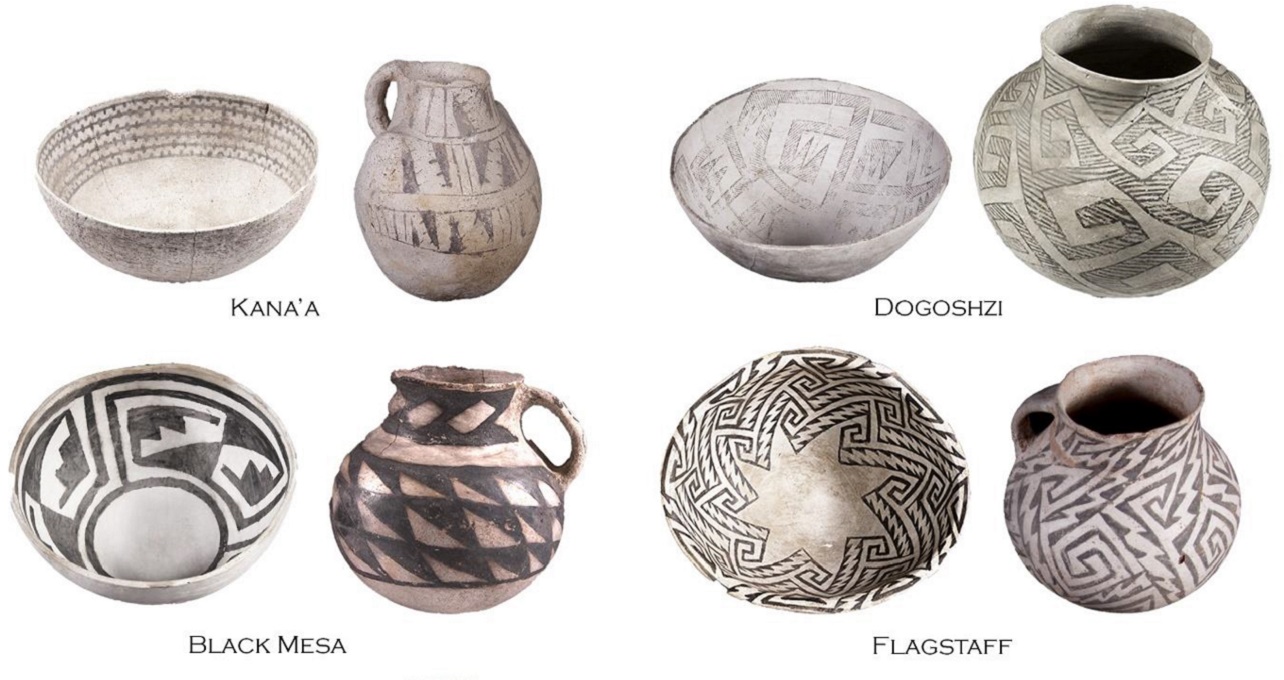


.jpg)


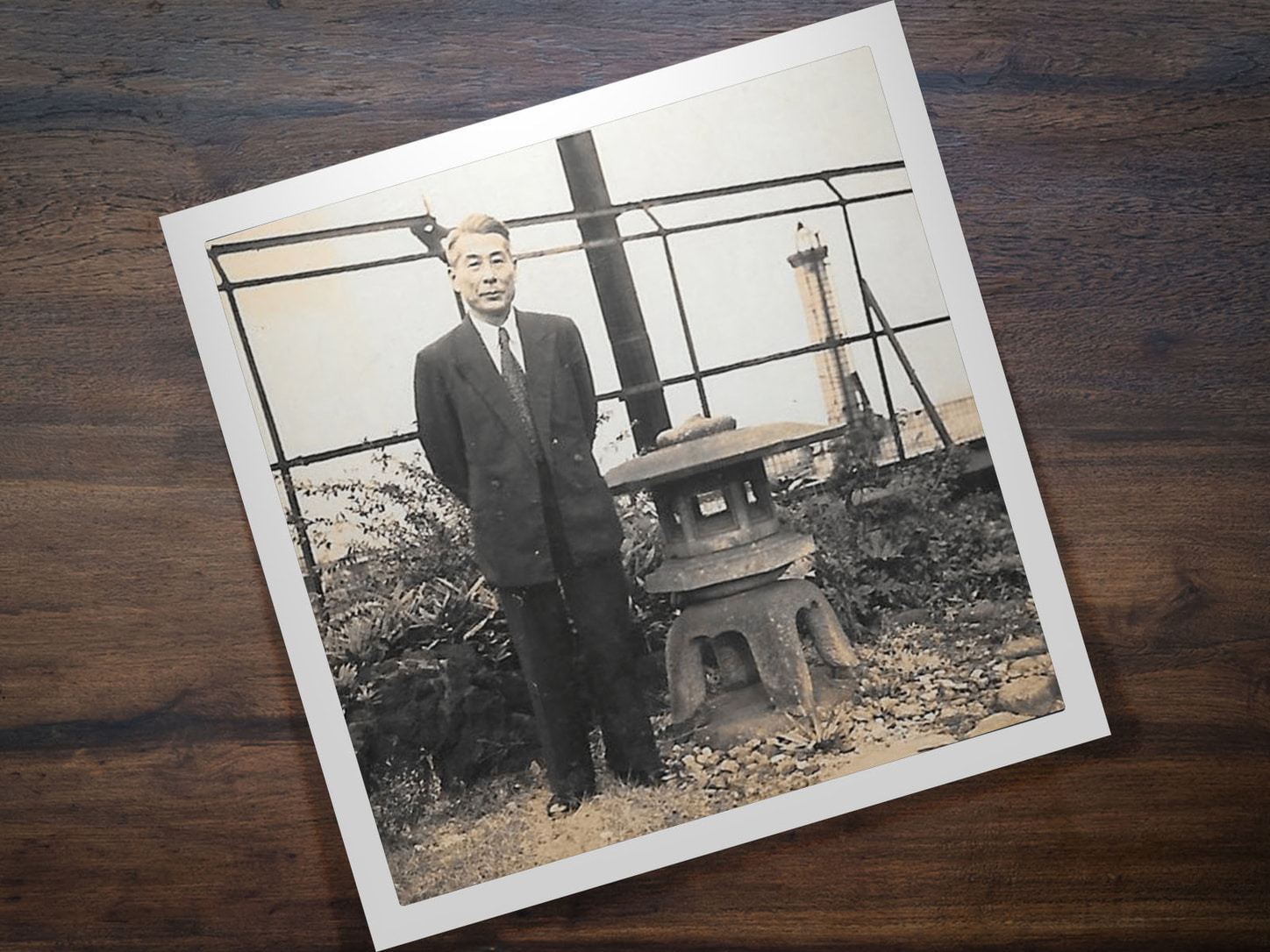

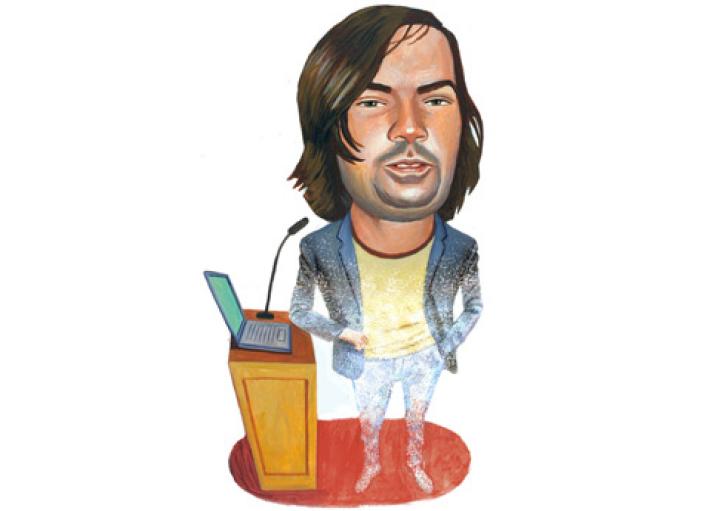


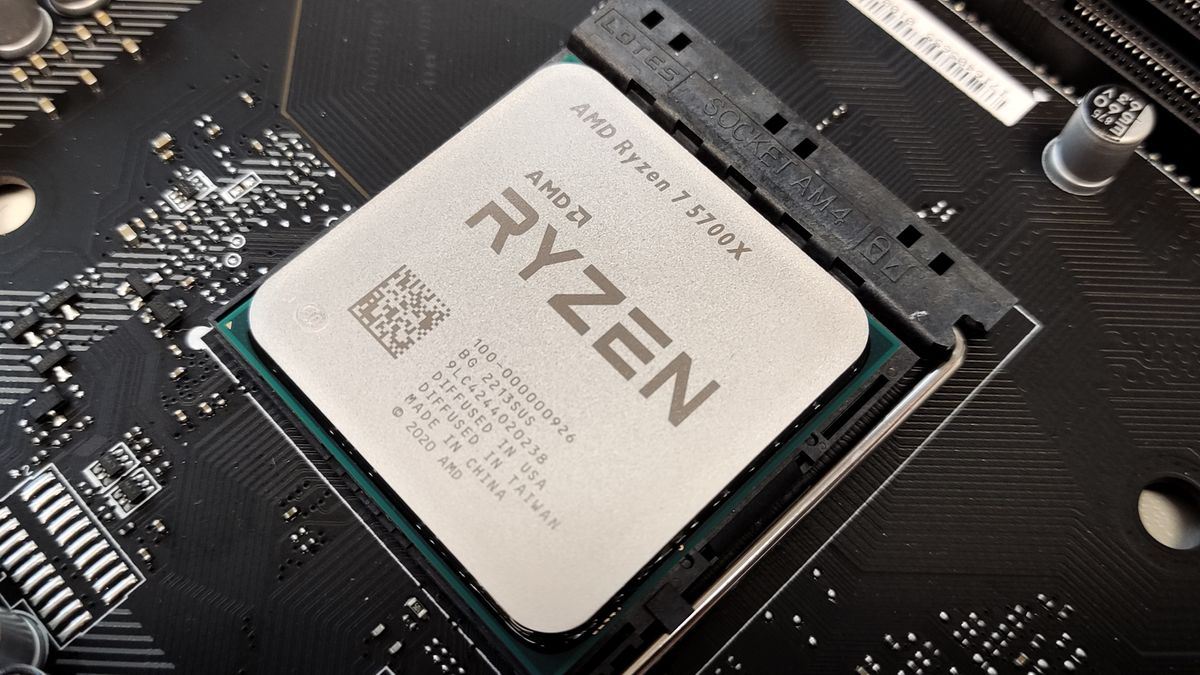

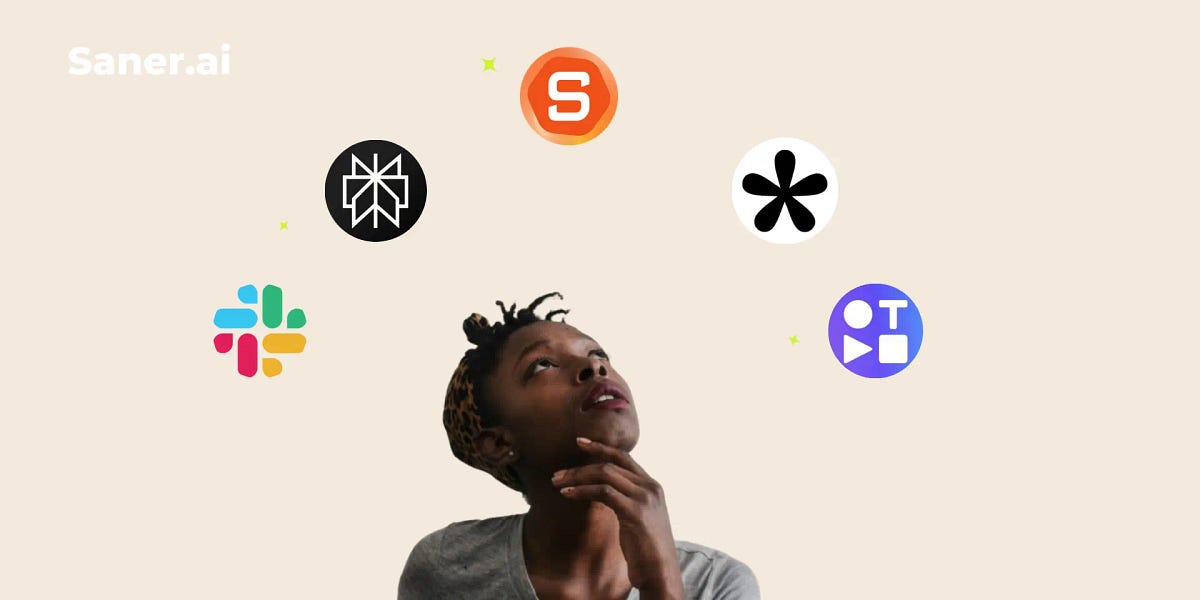



/cdn.vox-cdn.com/uploads/chorus_asset/file/25742375/2185060391.jpg)
